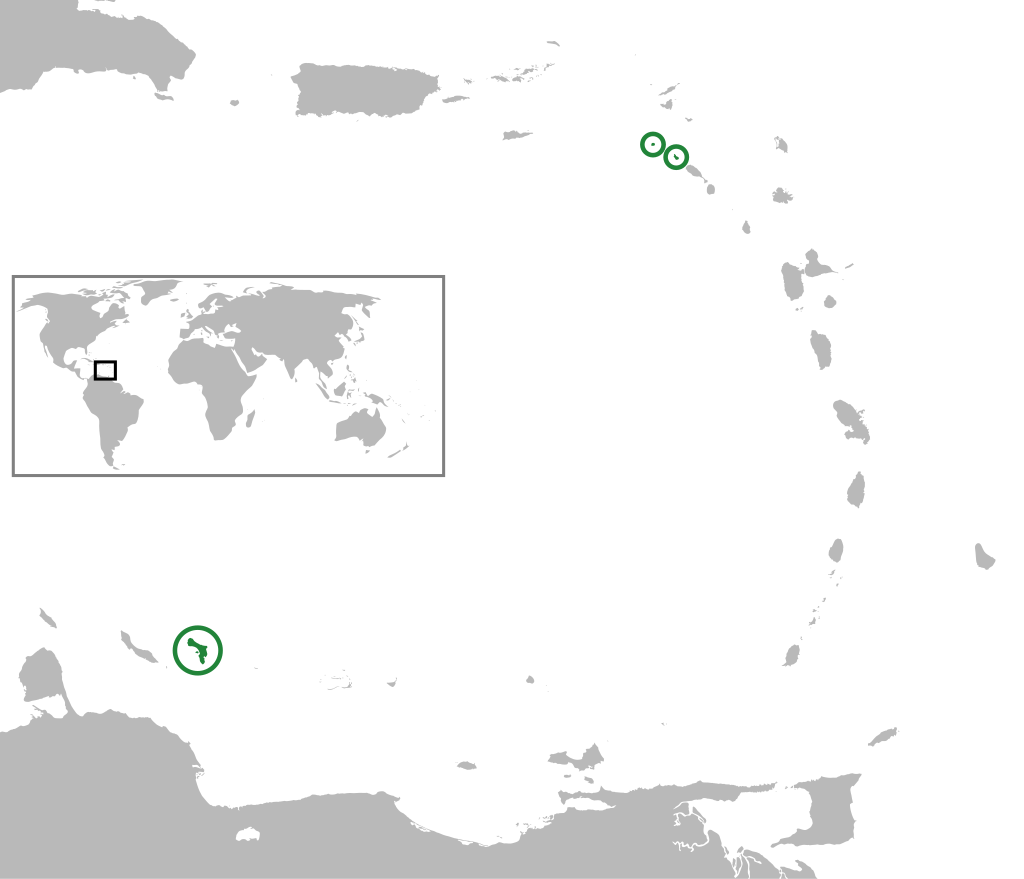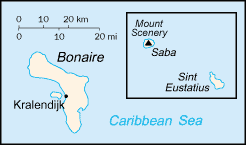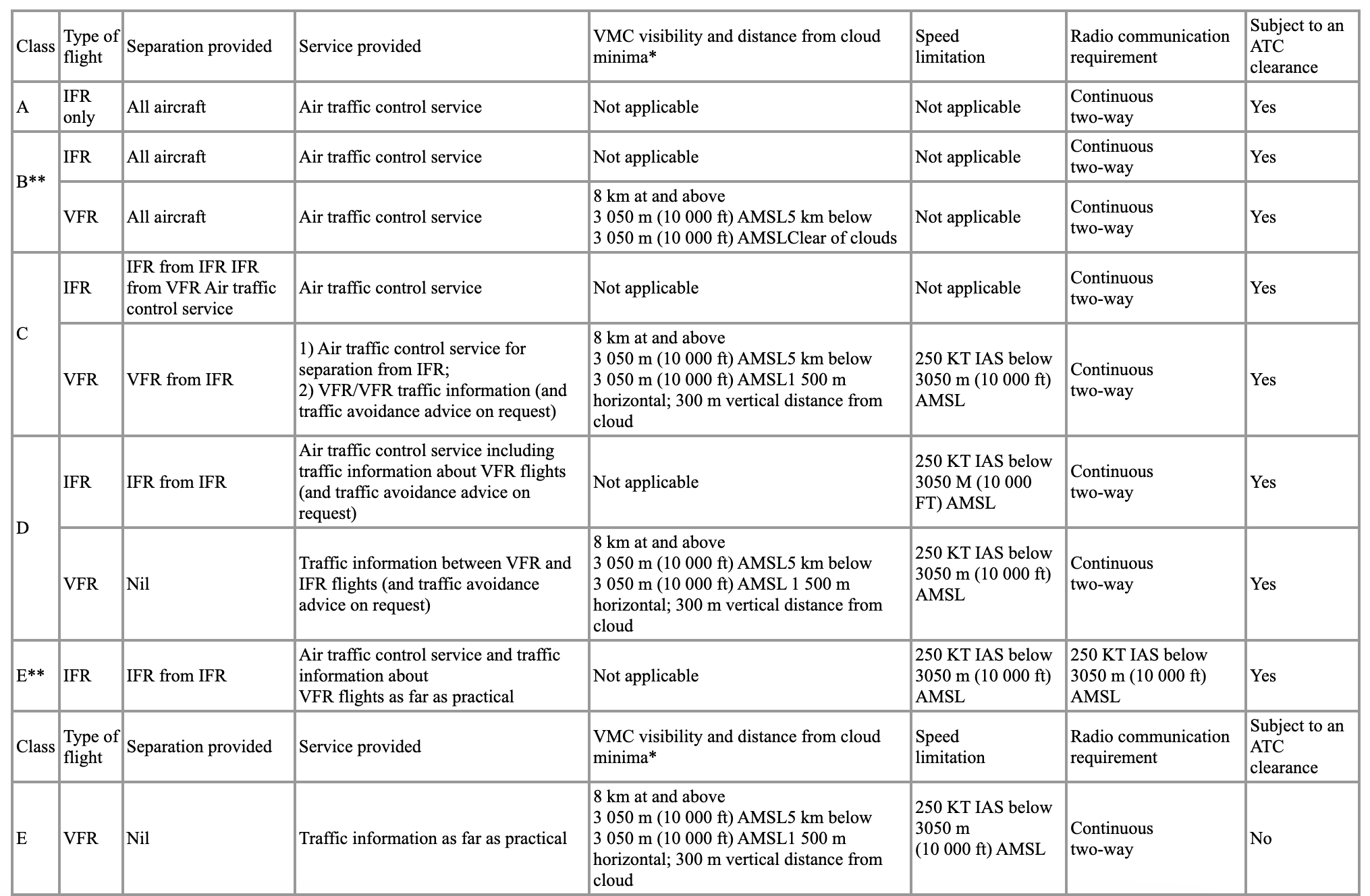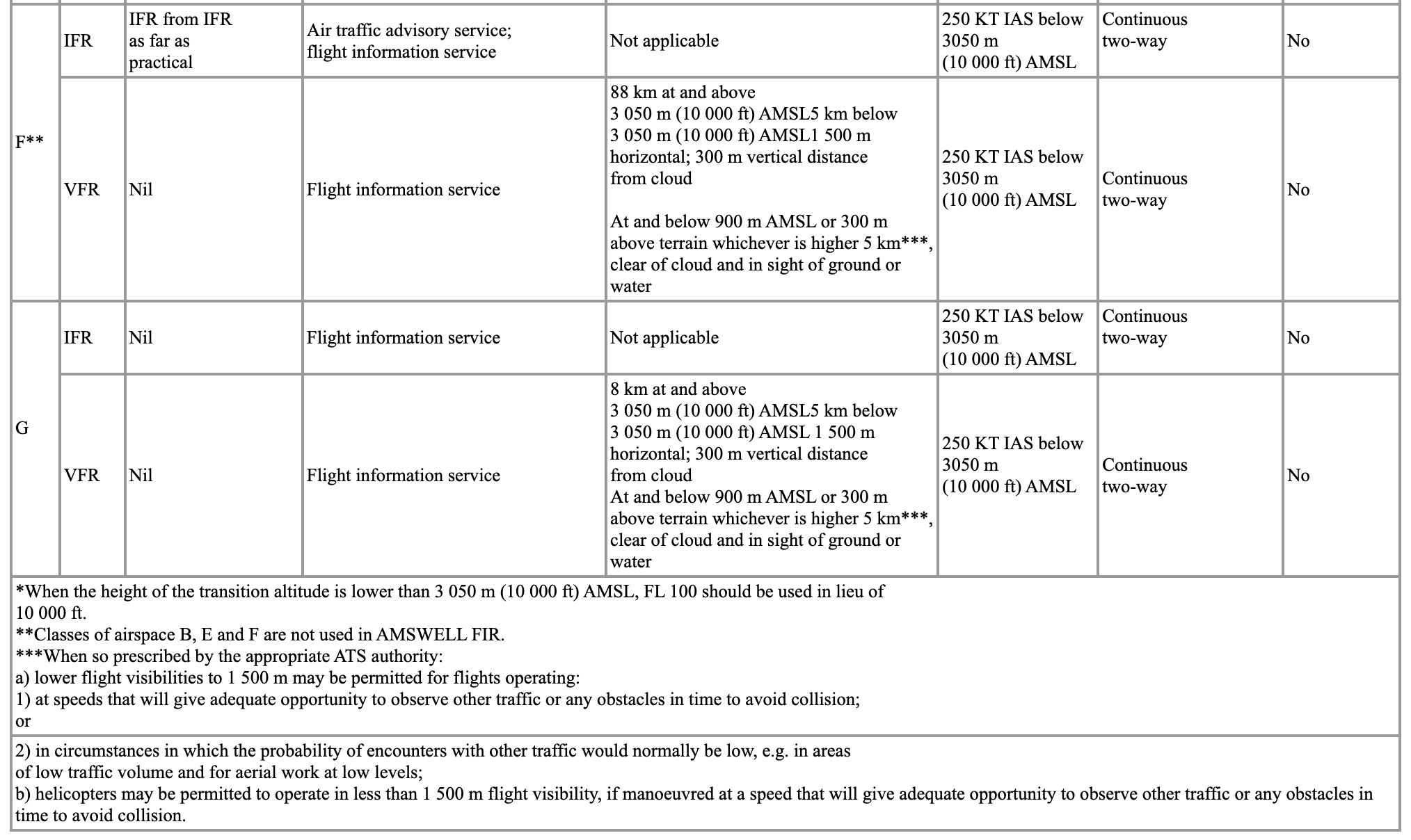97 Caribbean Netherlands (Netherlands)


Location of the Caribbean Netherlands (green and circled). From left to right: Bonaire, Saba, and Sint Eustatius

Map showing Bonaire, Sint Eustatius, and Saba
Last updated on November 23, 2023
Government
According to The Kingdom of the Netherlands, the islands of Bonaire, St Eustatius and Saba are jointly referred to as the Caribbean Netherlands, or the BES islands. They are part of the Netherlands, which is one of four countries in the Kingdom of the Netherlands.
The islands are special municipalities of the Netherlands. Unlike normal municipalities, the islands are not part of a Dutch province. This means the island authorities of Bonaire, St Eustatius and Saba carry out some of the tasks that are normally performed by provincial authorities.
The National Office for the Caribbean Netherlands carries out national tasks on the three islands.
Civil / National Aviation Authority (CAA/NAA)
none found
Airspace
SkyVector – Google Maps – ADS-B Exchange
ICAO countries publish an Aeronautical Information Publication (AIP). This document is divided into three parts: General (GEN), En Route (ENR) and Aerodromes (AD). ENR 1.4 details the types of airspace classes they chose to adopt from classes A through G.



Drone Regulations
Dutch Caribbean Legal Portal – Strict rules emplaced for operating drones on Bonaire, St. Eustatius and Saba
Strict rules emplaced for operating drones on Bonaire, St. Eustatius and Saba
Advanced Air Mobility (AAM)
Short Essay Questions
Question 1
You have been hired by a Drone Startup Company. Your boss has immediately assigned this job to you.
They need you to prepare a one-page memo detailing the legalities of using a drone to film in the Caribbean Netherlands.
They need you to mention any national laws and local ordinances.
They specifically want to know what airspace you will be operating in and whether or not you need an airspace authorization.
Does it matter whether or not you are a citizen of the country?
Lastly, there is a bonus for you if, as you scroll through this chapter, you find any typos or broken links!
Question 2
Do you need a certificate to fly UAS?
If so, how do you obtain one?
Are there fees associated with this?
If so, how much?
Question 3
May you operate beyond visual line of sight?
If so, what procedures must you follow?
Question 4
Does the country have UAM/AAM laws? If so, describe, citing the exact law.
Question 5
Are you aware of any new laws or policies not mentioned above? If so, describe, citing the exact law or policy.

